on finishing unfinished heart pine flooring
strom
10 years ago
Related Stories
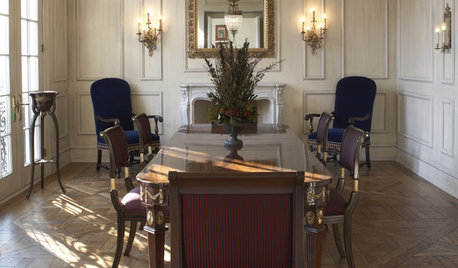
DECORATING GUIDESFinish Your Floors to Perfection With Parquet
Add value and gorgeous detail to your home with timeless and elegant parquet flooring in a classic design
Full Story
REMODELING GUIDESYour Floor: An Introduction to Solid-Plank Wood Floors
Get the Pros and Cons of Oak, Ash, Pine, Maple and Solid Bamboo
Full Story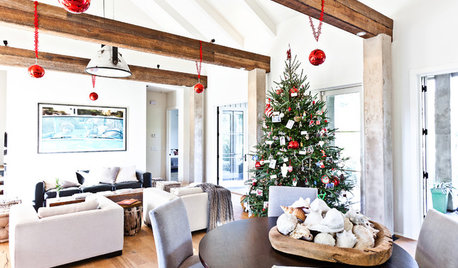
HOLIDAYSCollecting Christmas Ornaments That Speak to the Heart
Crafted by hand, bought on vacation or even dug out of the discount bin, ornaments can make for a special holiday tradition
Full Story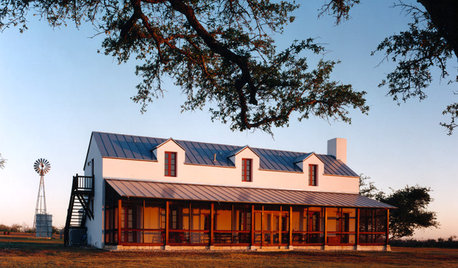
FARMHOUSESHouzz Tour: German Tradition Deep in the Heart of Texas
Rooted in architecture from the 1800s, this award-winning home mixes history with the vernacular of today
Full Story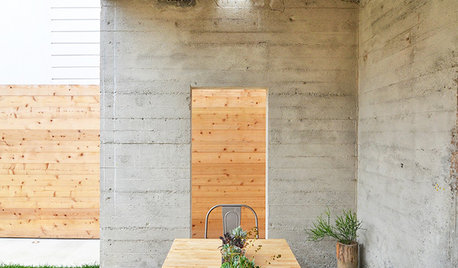
PATIOSAn Outdoor Dining Spot Creates Quiet Time in the Heart of San Francisco
See how this abandoned site became a big-city oasis with the help of a new lawn and a unique outdoor dining area
Full Story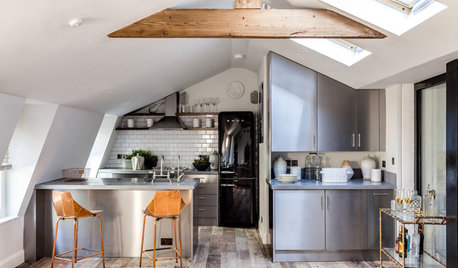
ECLECTIC HOMESHouzz Tour: Industrial Chic in the Heart of London
Reclaimed oak, black steel, a neutral palette and a touch of marble evoke subdued luxury in a 19th-century building on the Strand
Full Story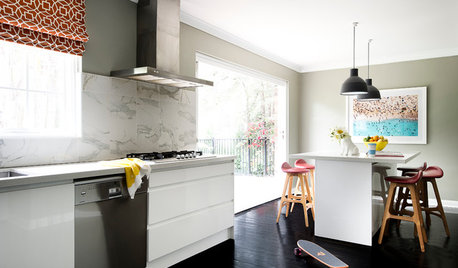
FLOORS11 Distinctive Finishes for Original Floorboards
Whether you go for glossy, painted or matte boards, make your wood floor the star
Full Story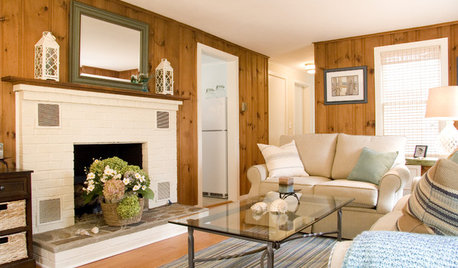
WALL TREATMENTSThese Are Not Your Grandfather’s Pine Walls
The knotty look went from popular to pariah in years past, but today’s designers are finding new and stylish ways to embrace it
Full Story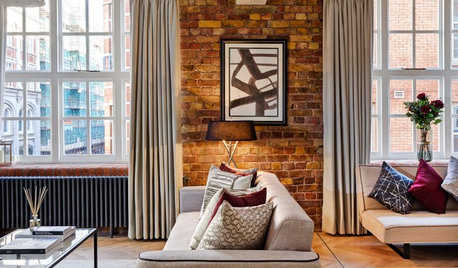
MATERIALSShow Off the Bones of Your Home With Exposed Finishes
There can be beauty in raw materials. Display them with care, and the effect is surprisingly warm and welcoming
Full Story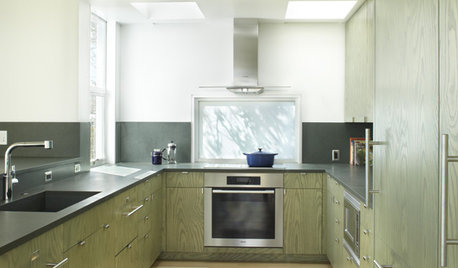
REMODELING GUIDESPro Finishing Secret: Aniline Dye for Wood
Deeper and richer than any stain, aniline dye gives wood stunningly deep color and a long-lasting finish
Full Story





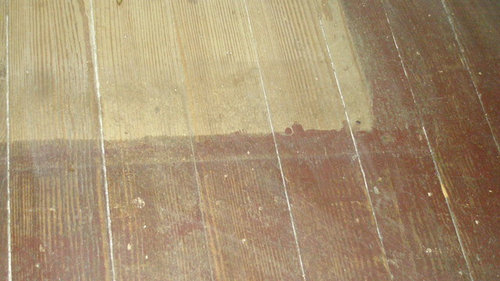



Debbie Downer
stromOriginal Author
Related Professionals
Ballenger Creek Kitchen & Bathroom Designers · Baltimore Kitchen & Bathroom Designers · Carson Kitchen & Bathroom Designers · Fresno Kitchen & Bathroom Designers · Henderson Kitchen & Bathroom Designers · Highland Park Kitchen & Bathroom Designers · Mount Prospect Kitchen & Bathroom Designers · Wesley Chapel Kitchen & Bathroom Designers · Yorba Linda Kitchen & Bathroom Designers · Glen Carbon Kitchen & Bathroom Remodelers · Los Alamitos Kitchen & Bathroom Remodelers · Rancho Cordova Kitchen & Bathroom Remodelers · Saint Helens Kitchen & Bathroom Remodelers · Sweetwater Kitchen & Bathroom Remodelers · Holtsville Architects & Building Designersliriodendron
Circus Peanut
stromOriginal Author
jfrzr
stromOriginal Author